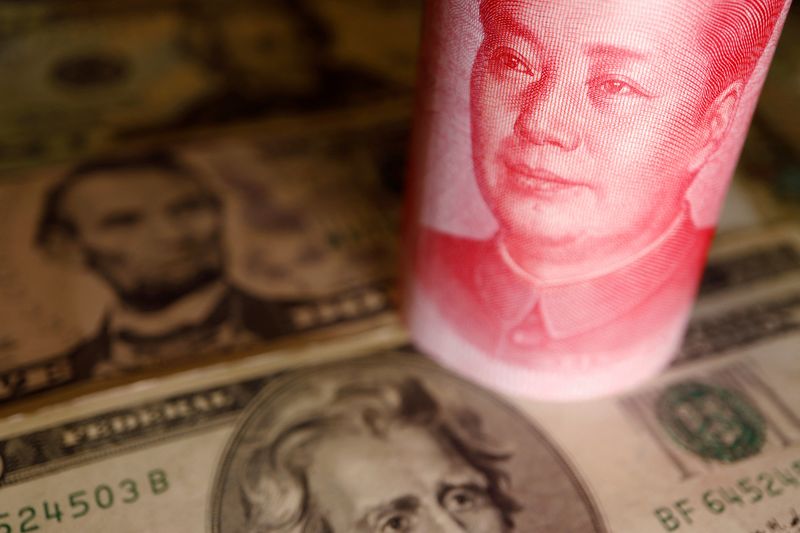Dollar is falling due to lack of demand
2023.01.10 01:24

Dollar is falling due to lack of demand
By Ray Johnson
Budrigannews.com – On Tuesday, investors gained hope that the Federal Reserve may be nearing the end of its rate-hike cycle and that China’s reopening drove demand for riskier assets, which led to the U.S. dollar languishing near a seven-month low against other major currencies.
Since the Fed’s aggressive rate increases last year have already had an impact, markets have grown increasingly skeptical that it will be necessary to raise interest rates above 5% in order to control inflation. By June, investors anticipate that interest rates will have reached their all-time high of just under 5%.
The U.S. economy added jobs at a solid rate in December, but wage growth slowed, according to the employment report from last week.
The euro was at $1.0739 at the end of the session, up 0.07% from the previous session’s seven-month high of $1.07605 that came as the dollar fell.
After reaching a three-week high of $1.2209 on Monday and finishing the session 0.73 percent higher, sterling lost 0.08 percent to $1.21705 on Tuesday.
After falling 0.7% and reaching a seven-month low of 102.93 in the previous session, the fell 0.03% to 103.14 against a basket of currencies.
George Saravelos, Deutsche Bank’s head of foreign exchange research, stated, “The dollar’s big climb down has begun.”
The risk-sensitive Australian dollar spiked to a more than four-month high of $0.6950 in the previous session as a result of China’s rapid reopening of its borders in response to restrictions imposed by the pandemic. It closed 0.03 percent higher at $0.69155.
The New Zealand dollar gained 0.13 percent to $0.6378, not too far from the $0.6411 record set on Monday, which marked the highest level in more than three weeks. As liquid proxies for, the two currencies of the antipodes are frequently used.
After achieving a close to five-month high of 6.7590 earlier in the session, the last was purchased at $6.7755 per dollar.
According to Maybank Securities’ head of prime brokerage dealing Tareck Horchani, “Hedge fund managers have turned slightly bearish USD following the full reopening in China.”
A weaker dollar and the Bank of Japan’s (BOJ) surprise change to its yield curve policy late last year supported Japan’s yen, which gained 0.1% to 131.73 per dollar.
Dong Chen, head of Asia macroeconomic research at Pictet Wealth Management, told reporters at an outlook briefing, “What the BOJ did at the end of 2022 just indicates that Mr. Kuroda is trying to make the job easier for his successor.” In April, BOJ Governor Haruhiko Kuroda will step down.
After supporters of former President Jair Bolsonaro stormed the capital, Brazil’s real lost its three-day winning streak and peaked at 5.2546 per dollar. By Asia time on Tuesday, it had not yet entered the market.
More Ruble strengthens on first day of trading
Investors will now focus on a speech by Fed Chair Jerome Powell later on Tuesday and inflation data on Thursday, both of which may provide additional insight into the Fed’s rate-hike path outlook.








